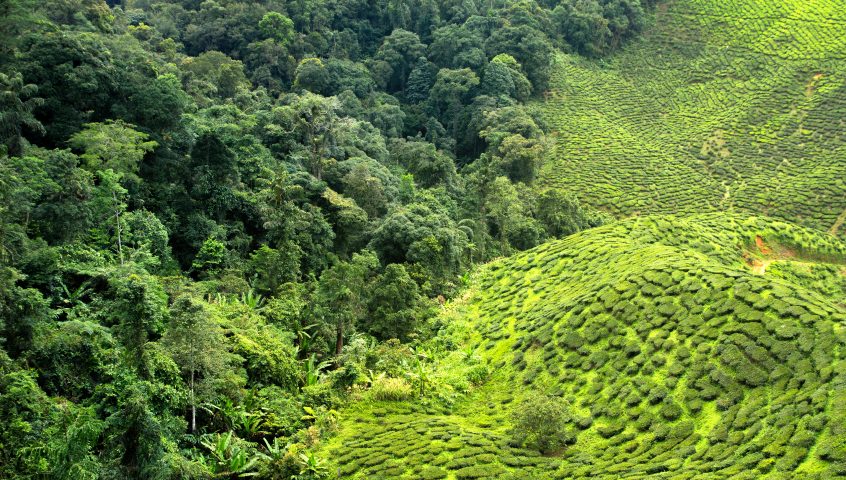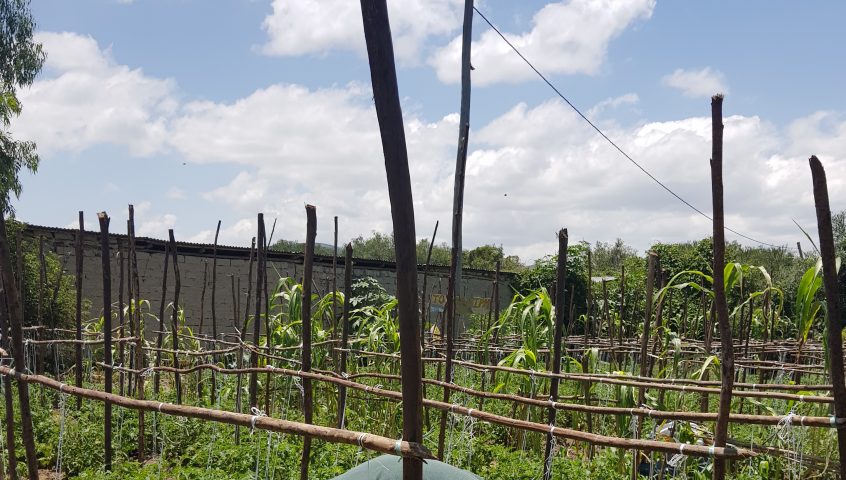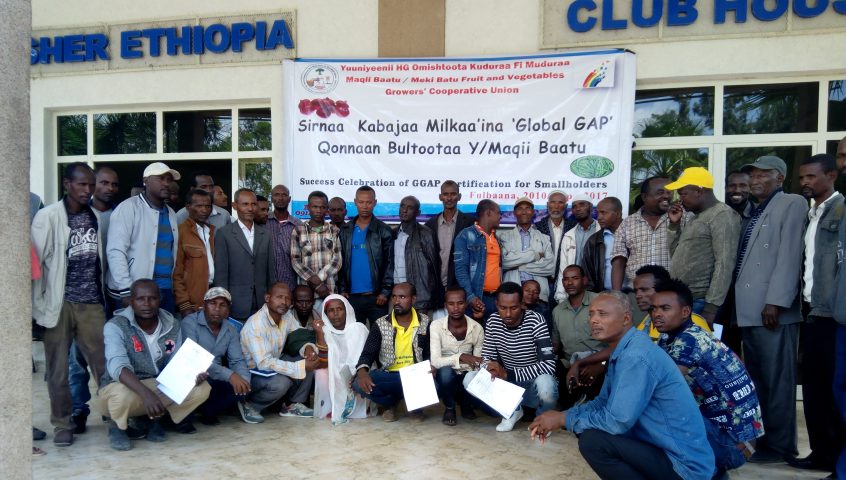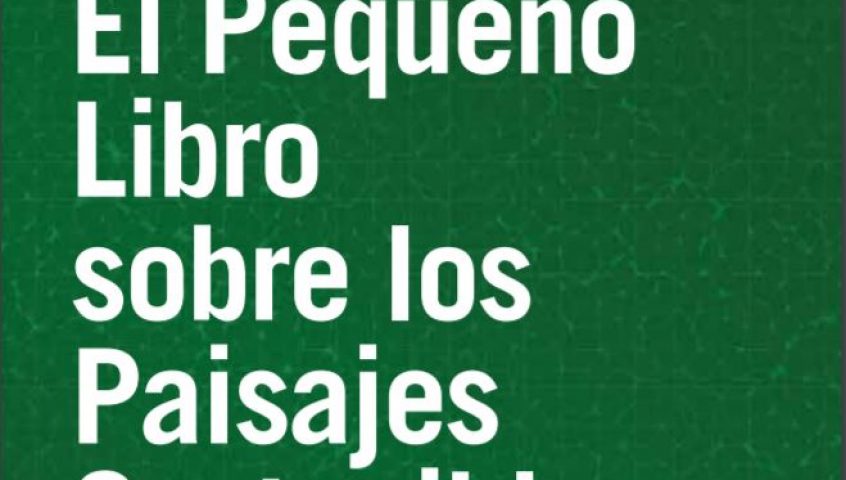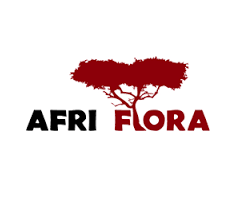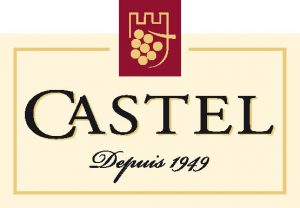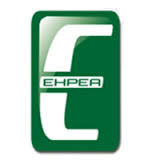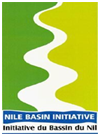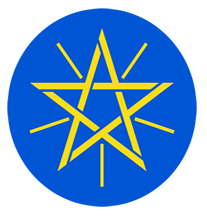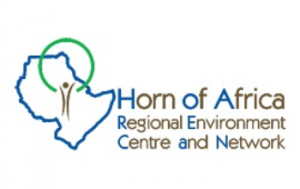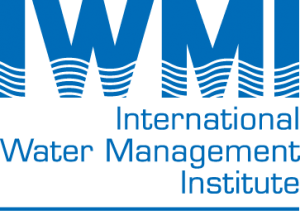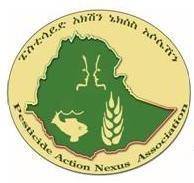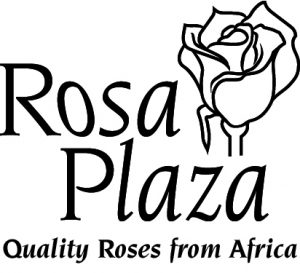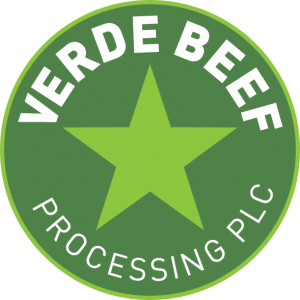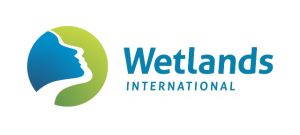The Central Rift Valley area is one of the very few fresh water ecosystems in Ethiopia with significant economic, ecological and social importance. Lake Ziway is used for drinking water, small-scale commercial fishing, large-scale floriculture, wine farming, livestock ranches and smallholder horticulture. The water quantity and quality are declining due to over-abstraction, pollution and land degradation. This will in time threaten agricultural production and (local) fisheries. Businesses dependent on the lake’s water supply have a clear business case to invest in sustainable water management.
IDH has established the Ziway Shalla Sustainability Partnership to facilitate dialogue between key stakeholders. It co-funds projects that improve water and land management and livelihood options for local communities. The partnership is composed of five flower companies, a wine farm, a beef processing company, a lodge/resort, the local government, the Meki Batu Farmers’ Union (MBCU) – representing more than 8,000 smallholders, and local and international civil society organizationss operating on the western shore of Lake Ziway.
IDH supports Global Good Agriculture Practices (GGAP) implementation and certification for smallholders. For the first time in Ethiopia, there are 135 smallholders that were GGAP certified. These smallholders are also connected to Ethiopian Airlines (EAL) to supply this airline with a premium price. In addition, the project also showed the reduction of pesticides used by the farmers that is leading to reduced production costs, less health hazards for farmers and safer products for consumers.
Through its Flower Sustainability Initiative, IDH works with Afriflora Sher to promote Integrated Pest Management in the floriculture industry, focusing on biological pest control methods. The floriculture industry is also actively participating in cleaning up Ziway town as well as funding reforestation projects in the upper catchment of Lake Ziway.
As a next step, IDH is looking to provide Service Delivery Model (SDM) analysis for MBCU (representing more than 8,000 farmers) and EAL to scale up the number of farmers and volume of produce under GGAP, generating significant impact on incomes for farmers and safe agrochemical use.
The Ziway Shalla Sustainability Partnership towards the sustainable management of land and water resources in the Lake Ziway catchment has directly resulted in:
- The rehabilitation of degraded land and alternative livelihoods development options for communities
- GGAP certification and IPM trials for smallholders on the Western shore of Lake Ziway. This complements IDH’s support to selected flower farms on IPM
- Water Allocation Plan Development for Ziway Shalla Sub Basin
- Municipal waste management to curb pollution to the lake
This collaboration is proof that, given the right platform, all stakeholders recognize the need for joint action and are willing to invest in initiatives that safeguard key public goods -land and water.
Publications
| Title | Type | Year | Regions | TAF |
|---|---|---|---|---|
| Learning from Landscapes | Report | 2022 | Africa, Asia, Europe, Latin American | Landscapes Program |
| Landscapes Information Brief: IDH’s approach to sustainable landscapes | Brochure | 2018 | - | - |
| Ethiopia newsletter June 2018 | Report | 2018 | - | - |
| IDH Landscape program | Brochure | 2018 | - | - |
| Ethiopia newsletter December 2017 | Brochure | 2017 | - | - |
| Public private governance for thriving landscapes: Central Rift Valley Ethiopia | Brochure | 2017 | - | - |
No publications found.
For more information contact us



